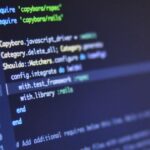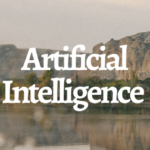No products in the cart.

“If I had a world of my own, everything would be nonsense. Nothing would be what it is because everything would be what it isn't. And contrary wise, what is, it wouldn't be. And what it wouldn't be, it would. You see?” (Lewis Carroll, Alice's Adventures in Wonderland) Introduction An....
Author
- Paulo Pereira is an independent malware analyst, Cyber Security Professional, EXIN Instructor.
Latest Articles
 OfficialOctober 24, 2023The LockBit 3 Black Forensics Analysis Part II
OfficialOctober 24, 2023The LockBit 3 Black Forensics Analysis Part II OfficialOctober 24, 2023The Lockbit 3 Black Forensics Analysis (Part III)
OfficialOctober 24, 2023The Lockbit 3 Black Forensics Analysis (Part III) OfficialOctober 17, 2023Reflections on Artificial Intelligence and Digital Forensics
OfficialOctober 17, 2023Reflections on Artificial Intelligence and Digital Forensics NewOctober 3, 2023Autopsy 4.21 Version
NewOctober 3, 2023Autopsy 4.21 Version
Subscribe
Login
0 Comments